Grand Junction Operations Office: Approved for EEOICPA Benefits
This modest facility in Grand Junction, Colorado helped shape America's nuclear history from 1943 to 2001. The processing site served as an early...
2 min read
![]() Trusted Ally Staff
:
Mar 13, 2024 3:38:04 PM
Trusted Ally Staff
:
Mar 13, 2024 3:38:04 PM
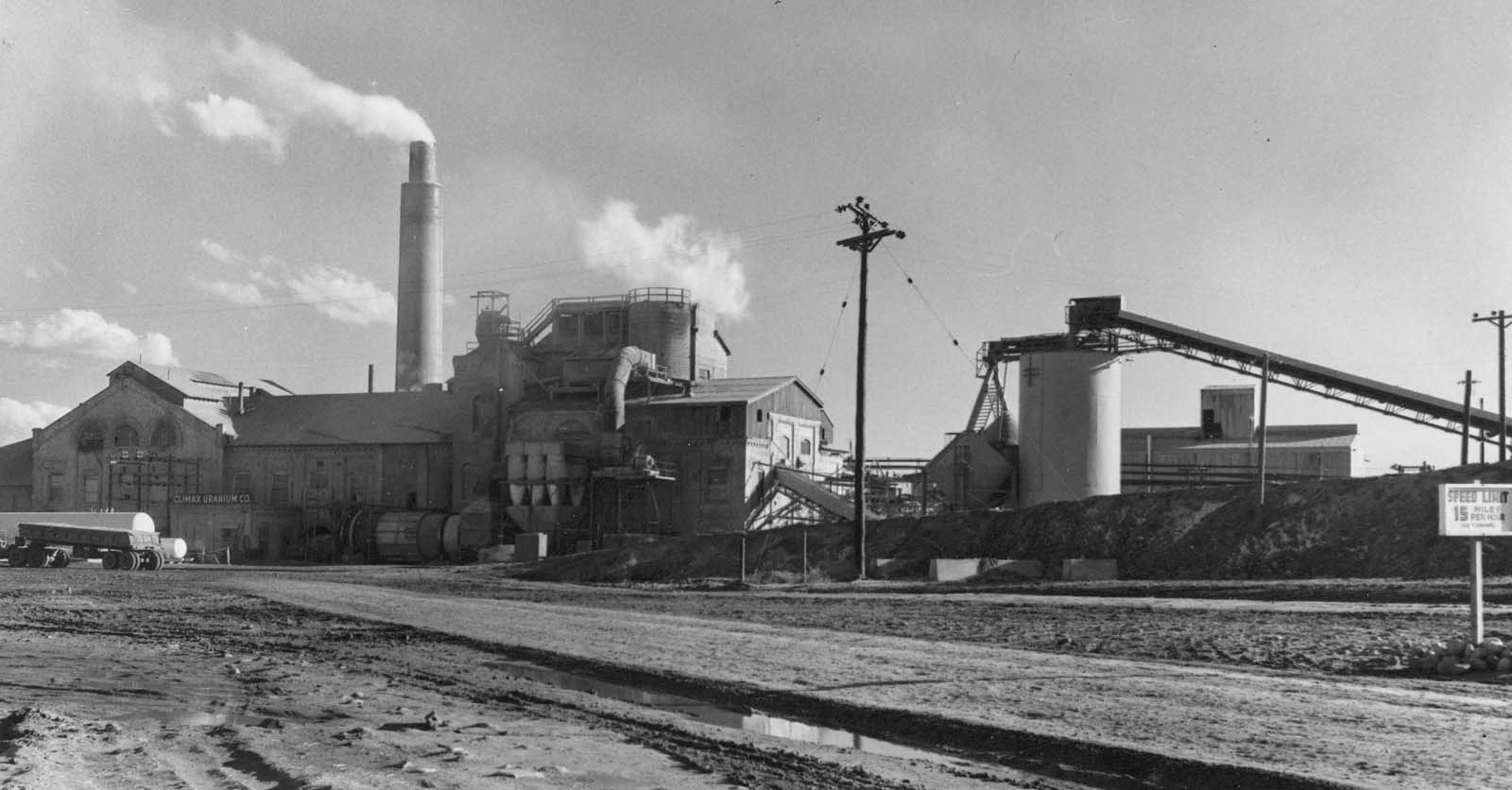
This processing site, historically known as the Climax Uranium Mill, was in west central Colorado.
Once a sugar beet mill in 1899, it was transformed by the Climax Uranium Company in 1950 to operate as a uranium and vanadium mill until 1970, producing 2.2 million tons of radioactive tailings during its 19-year operation.
From 1950 to 1966, private citizens and contractors utilized the tailings for various purposes, including as fill and in construction materials.
However, concerns arose in 1966 regarding potential health risks from the tailings, leading to the discontinuation of their release from the site. Despite this, around 300,000 tons of tailings containing radioactive uranium by-products had already been removed by that time.
Between 1970 and 1971, the Climax Uranium Company dismantled 8 of the 12 main mill buildings, selling decontaminated equipment and burying the rest within the tailings pile.
The remaining buildings, except for the old sugar beet warehouse, were demolished by 1989. The sugar beet warehouse has since been cleaned, sold to the private sector, and now resides outside the property's boundaries.
In the mid-1980s, efforts were made to clean up the surface and address contamination at the processing site and its surroundings. Surveys carried out by the U.S. Department of Energy identified areas that exceeded radium-226 or radon limits.
Contaminated materials were temporarily stored at the processing site before being transferred to the Grand Junction disposal cell, which was completed in 1994, marking the end of the cleanup process under the Uranium Mill Tailings Remedial Action Project in 1998.
The geological makeup beneath the site comprises the unconfined alluvial aquifer, the underlying aquitard of shale units, and the confined aquifer in Dakota Sandstone sandstones.
The groundwater in the alluvial aquifer is contaminated from past milling activities, with contaminants extending about 3,300 feet downgradient from the site.
The Climax Uranium Mill is covered under The Radiation Exposure Compensation Act (RECA) and not separately covered under The Energy Employees Occupational Illness Compensation Program (EEOICPA).
However, environmental remediation was performed by Department of Energy (DOE) contractors from December 1988 to August 1994 and those contractors are covered under EEOICPA.
As of March 2015, Climax Uranium Mill DOE contractors have received over $850,000 in EEOICPA settlements.
Let us check if you or a loved one qualifies for up to $400,000 plus free medical care in the comfort of home.
Your pathway to care starts with Trusted Ally Home Care. Get started today and let us guide you through the process of receiving the care you or a loved one deserves.
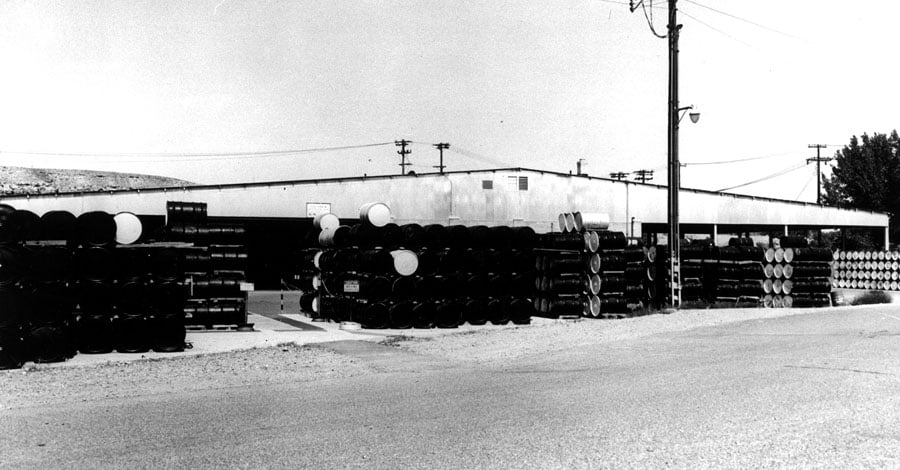
This modest facility in Grand Junction, Colorado helped shape America's nuclear history from 1943 to 2001. The processing site served as an early...
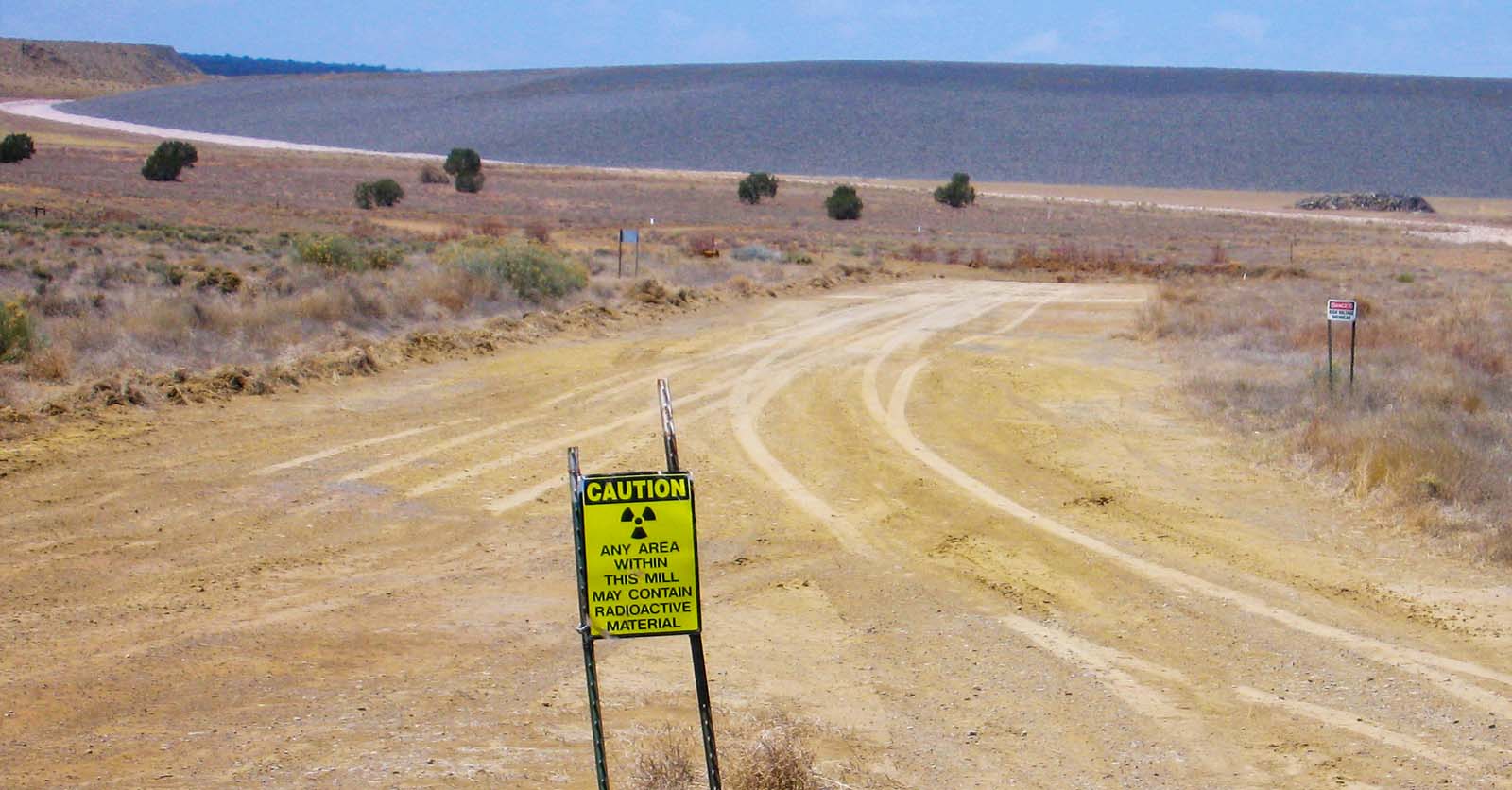
RECA stands for: Radiation Exposure Compensation Act The Radiation Exposure Compensation Act (RECA) is a program designed to address claims related...

Colorado residents are deeply concerned about whether the new housing developments and hiking trails in the area of the former nuclear weapons...
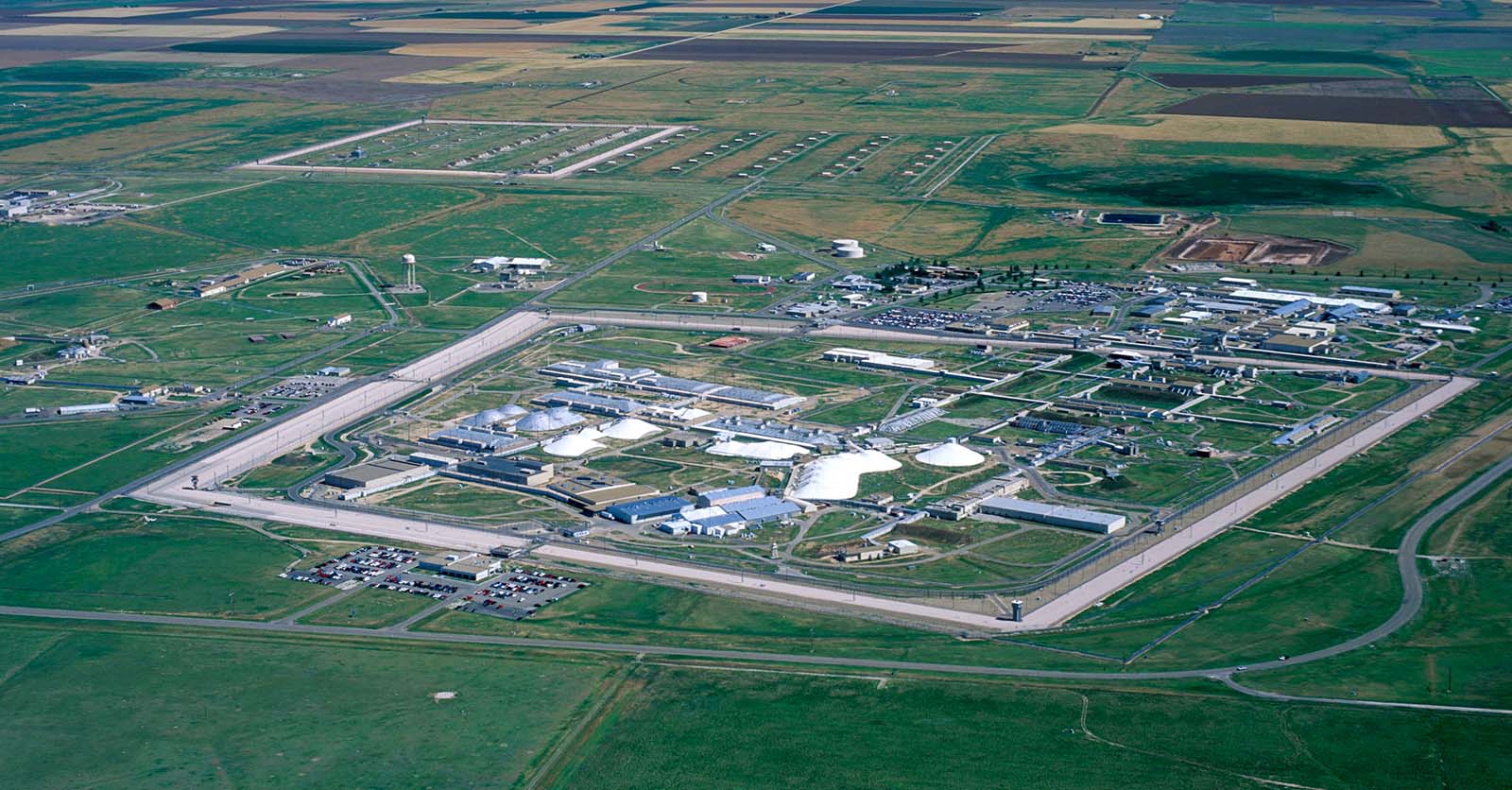
If you or a loved one worked at one of the 6 covered locations in Texas in the nuclear or uranium industries and became sick, you may be entitled to...
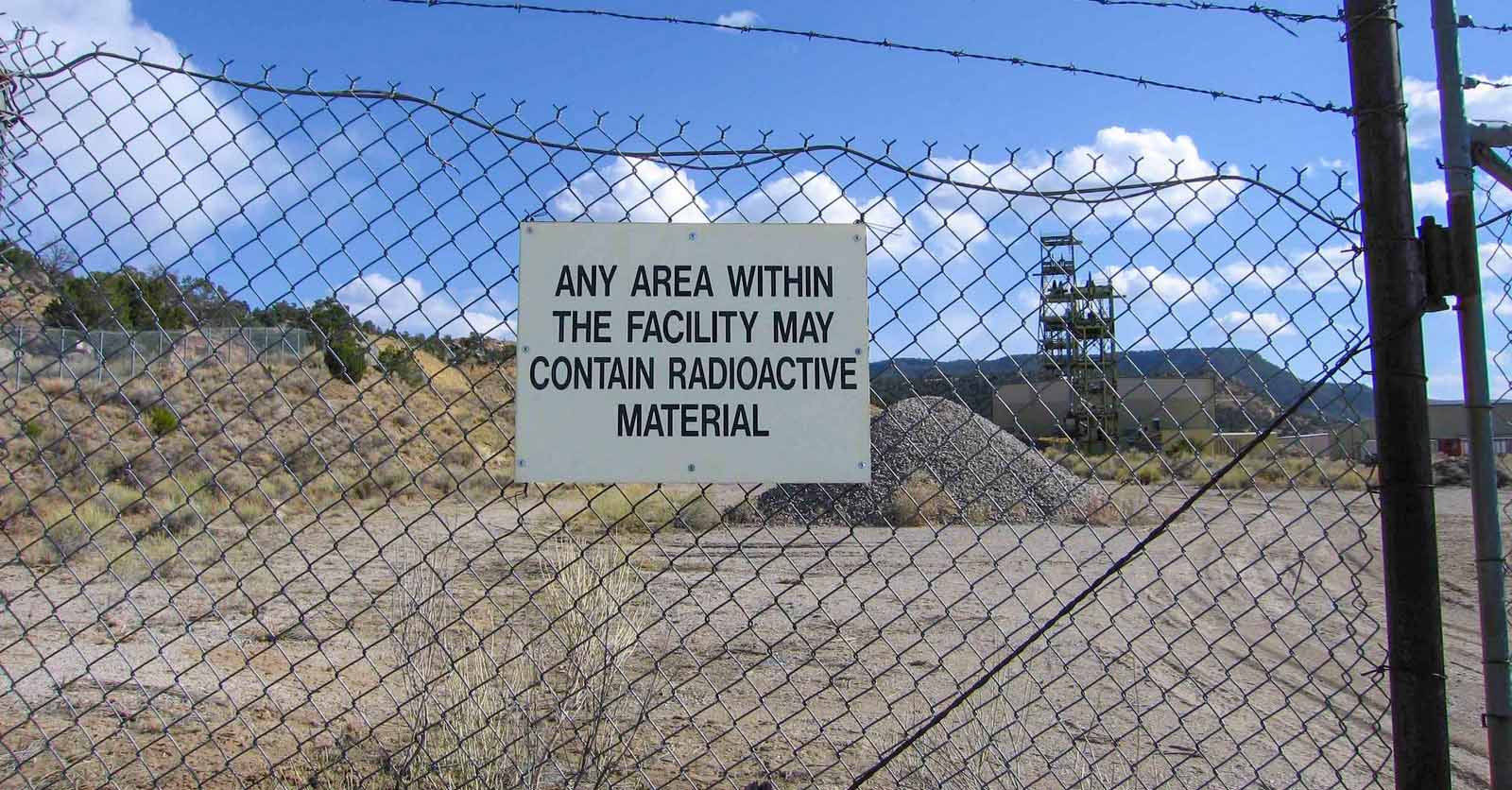
From the 1940s to the 1960s, the United States conducted nuclear tests fueled by uranium mining and processing. This exposed tens of thousands of...

EEOICPA stands for: Energy Employees Occupational Illness Compensation Program The Department of Labor (DOL), Office of Worker Compensation Programs,...

At Trusted Ally, you are not only a client, but a member of a larger family of fellow Energy Workers. As part of our family, we want you to thrive,...

EEOICPA survivor benefits are included in Part B and Part E of the program The EEOICPA program provides financial support to the loved ones of former...